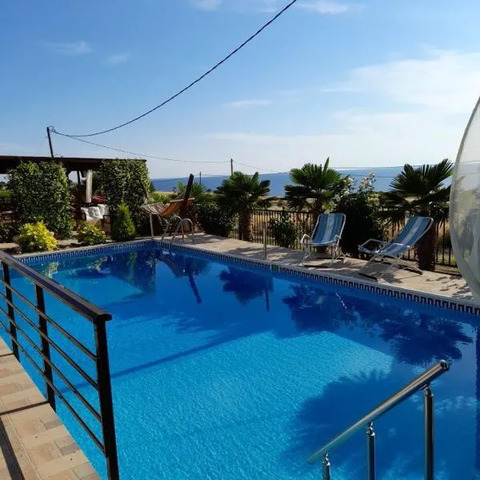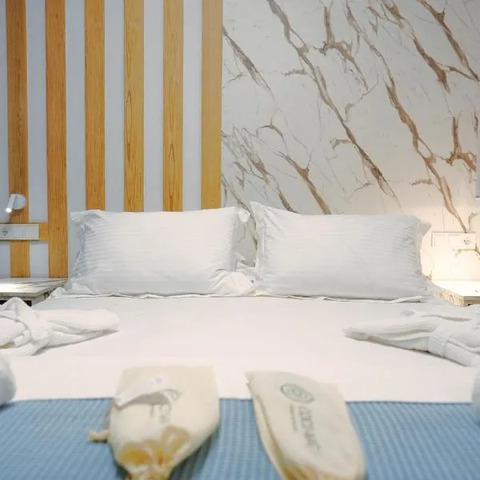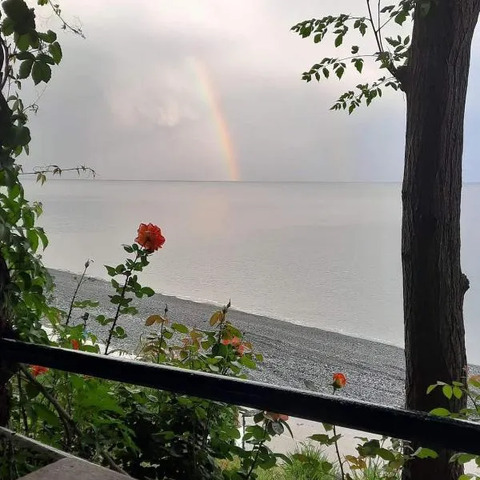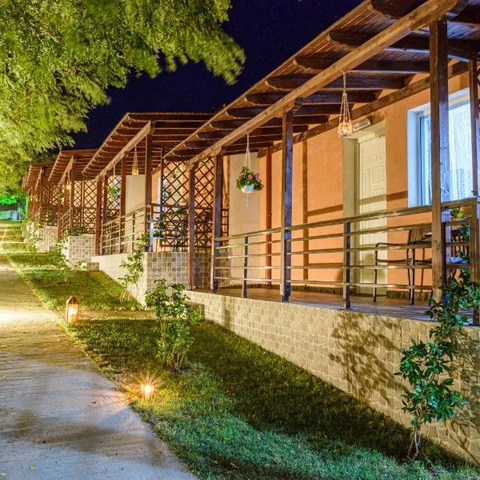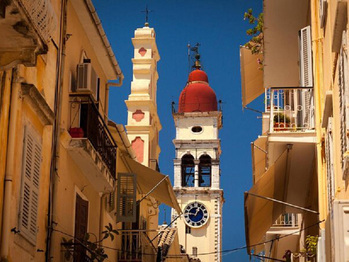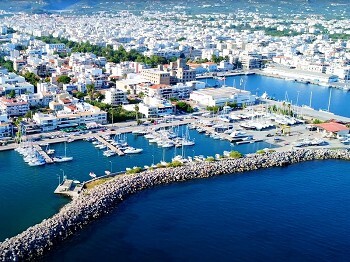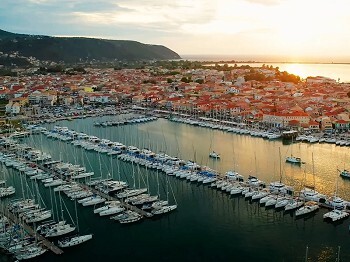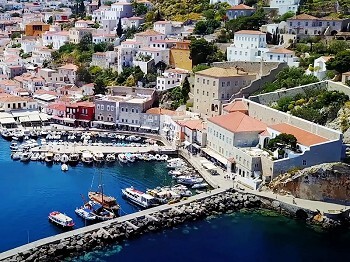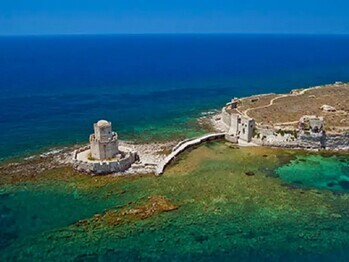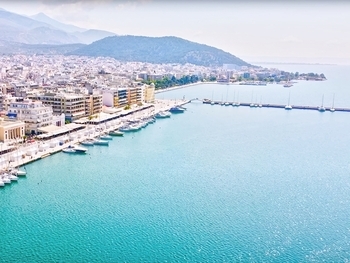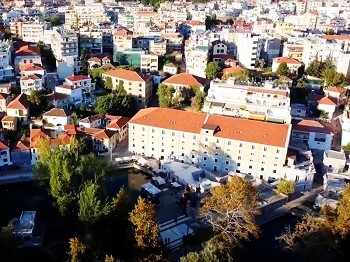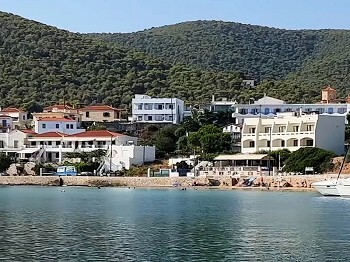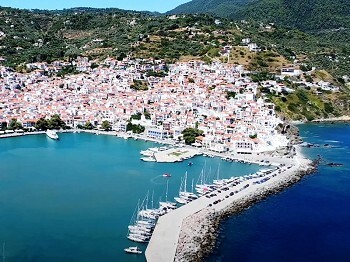
Nestled in the northern Aegean Sea, Samothraki is a Greek island renowned for its Natural beauty and Historical significance. Among its charming Villages, Chora stands out as a treasure trove of historical sites that offer a fascinating glimpse into ancient Greek civilization. This article will guide you through the must-visit historical Landmarks in Samothraki Chora, providing insights into their historical importance and unique characteristics.
We suggest for your stay:
Still Looking for the Perfect Stay?
1. The Sanctuary of the Great Gods
The Sanctuary of the Great Gods, known locally as "Sanctuary of the Megaloi Theoi," is arguably the most significant historical site in Samothraki. This ancient sanctuary was dedicated to the Kabiri, a group of mysterious deities worshipped for their association with rites of passage and protection. The site, which Dates back to the 3rd millennium BCE, is renowned for its impressive archaeological Remains, including the colossal statue bases, altars, and remnants of sacred buildings. Visitors can explore the Ruins and imagine the grandeur of the ceremonies once held here, including the famed initiation rites of the Samothracian Mysteries.
2. The Medieval Castle of Samothraki
Perched atop a hill overlooking Chora, the Medieval Castle of Samothraki offers both historical intrigue and panoramic Views. Originally built by the Byzantines and later expanded by the Venetians, this fortress played a crucial role in the island’s defense throughout the Middle Ages. The castle's well-preserved walls, towers, and gatehouses provide a tangible connection to the island's medieval past. As you wander through the castle grounds, you can reflect on the strategic importance of this fortification and enjoy sweeping Views of the surrounding landscape and the Aegean Sea.
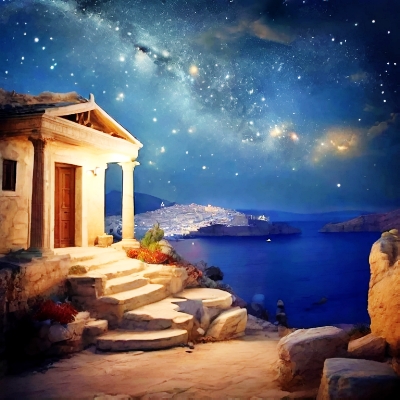
3. The Traditional Village of Chora
While not a single historical Monument, the village of Chora itself is a significant historical site. Its narrow, winding streets, traditional stone houses, and ancient churches reflect the island's cultural Heritage. Walking through Chora feels like stepping back in time, with its well-preserved Architecture and quaint Ambiance. The village is home to several notable Landmarks, including The Church of Panagia, which boasts an impressive Byzantine fresco, and the old Ottoman-era houses that Highlight the island's diverse historical influences.
4. The Archangel Michael Monastery
Situated on a hill just outside Chora, the Archangel Michael Monastery is a remarkable example of Byzantine ecclesiastical Architecture. Founded in the 12th century, this Monastery is dedicated to Archangel Michael, the patron saint of the island. The monastery's serene Setting, with its traditional stone walls and wooden Iconostasis, provides a peaceful retreat and a glimpse into the island’s religious history. Visitors can explore the monastery’s interior, which houses a Collection of religious Artifacts and icons, and enjoy the tranquil surroundings that offer panoramic Views of the island and sea.
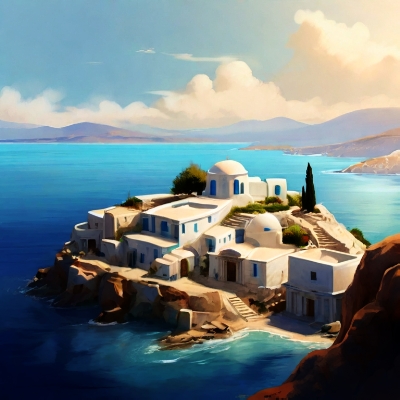
5. The Ancient City of Therma
Just a short distance from Chora, the ancient city of Therma offers fascinating archaeological Remains from the Hellenistic period. Known for its thermal Springs, which were believed to have therapeutic properties, Therma was a prominent settlement in antiquity. The archaeological site includes the remnants of ancient bathhouses, public buildings, and residential areas, providing valuable insights into daily life in ancient Samothraki. The site’s thermal Springs still operate today, allowing visitors to Experience the therapeutic benefits that attracted ancient residents and travelers.
6. The Archaeological Museum of Samothraki
For a comprehensive overview of Samothraki's rich history, The Archaeological Museum of Samothraki in Chora is a must-visit. The museum houses a diverse Collection of Artifacts unearthed from various historical sites around the island. Exhibits include ancient Sculptures, Pottery, inscriptions, and everyday objects that offer a deeper understanding of the island's past. The museum's well-curated displays and informative plaques make it an excellent place to gain context for the historical sites you visit and appreciate the island’s cultural Heritage.
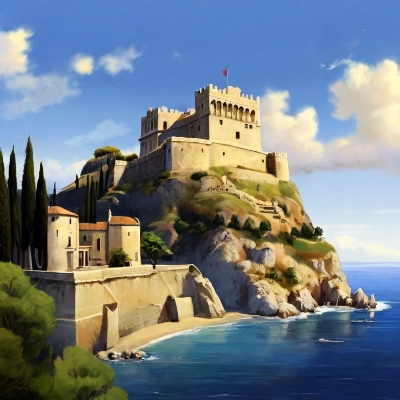
7. The Roman Aqueduct of Samothraki
An intriguing relic from the Roman period, the Roman Aqueduct of Samothraki is a testament to the engineering prowess of ancient Rome. This aqueduct was designed to transport Water from distant Springs to the city of Therma and surrounding areas. Today, visitors can explore the impressive Remains of the aqueduct, including its arches and channels. The site provides insight into the infrastructure that supported life on the island and highlights the sophisticated engineering techniques employed by the Romans.
8. The Church of Agios Nikolaos
The Church of Agios Nikolaos, located in the heart of Chora, is a notable example of post-Byzantine ecclesiastical Architecture. This church, dedicated to Saint Nicholas, features beautiful Frescoes and intricate Woodwork. Its serene interior and Historical significance make it a worthwhile stop for those interested in religious history and Byzantine art. The church’s location within the village adds to its charm, offering a peaceful Atmosphere amidst the hustle and bustle of Chora.
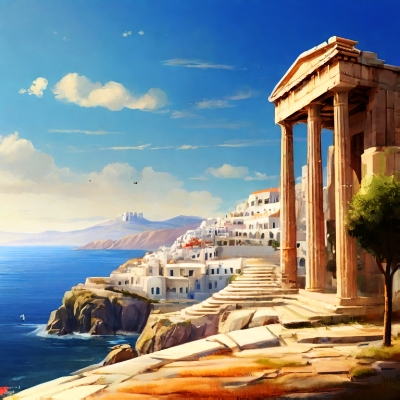
9. The Tower of Kastro
The Tower of Kastro is another fascinating historical site located near Chora. This ancient defensive tower, believed to Date back to the Hellenistic or Roman periods, was part of a larger fortification system designed to protect the island from invaders. The tower’s sturdy construction and strategic location provide insight into the military strategies employed in ancient times. Visitors can explore the Remains of the tower and imagine the historical battles that once took place.
10. The Byzantine Bathhouse of Chora
Last but not least, the Byzantine Bathhouse of Chora offers a glimpse into the island’s social and cultural practices during the Byzantine era. This well-preserved bathhouse, with its intricate mosaics and heating system, showcases the advanced engineering and social customs of the time. Exploring the bathhouse allows visitors to understand the importance of communal bathing in Byzantine society and appreciate the craftsmanship involved in its construction.
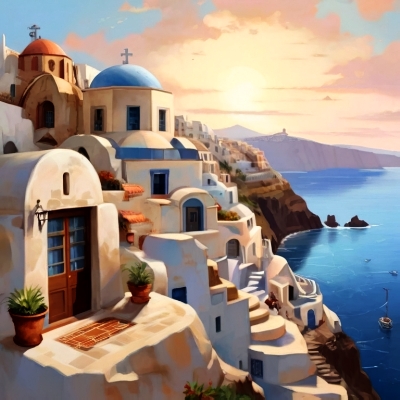
Conclusion
Samothraki Chora is a treasure trove of historical sites that provide a rich tapestry of the island's past. From ancient Sanctuaries and medieval fortresses to traditional Villages and Byzantine churches, each site offers a unique window into the island’s diverse history. Whether you are a history enthusiast, an archaeology buff, or simply a curious traveler, Samothraki Chora's historical Landmarks promise an enriching and memorable Experience.
Exploring these sites will not only deepen your understanding of Samothraki's cultural Heritage but also allow you to appreciate the island's Natural beauty and timeless charm. So pack your bags and embark on a journey through the ages in Samothraki Chora—where history comes alive in every stone and structure.
